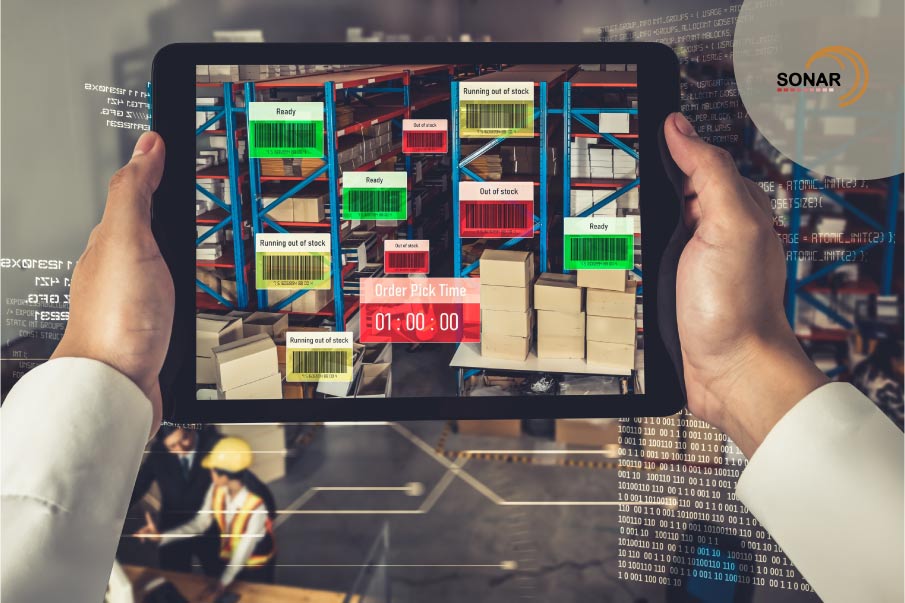Customers rely on their 3PLs and order-fulfillment partners to carry out their vital logistics and distribution operations. Therefore, while picking a distribution center, it is important to verify their order execution policies so that your orders may be processed promptly.
Best practices for 3PLs and distribution facilities to quickly fulfill orders
Demand for logistics businesses has risen, fueled by the remarkable growth of e-commerce players worldwide and a global business ecosystem in which raw materials, components, and finished goods are now sent worldwide. However, while searching for a good partner, verify their company methods, i.e., do they adhere to industry best practices?
The thirteen fastest ways for order-fulfillment companies to deliver customer orders
1. Vendor Compliance Programme (VCP): A Vendor Compliance Programme is the foundation of your relationship with your order-fulfillment partner. A well-planned and adequately-resourced VCP simplifies all parts of a 3PL’s operations, enhances all functional areas, reduces expenses, and increases customer satisfaction. This facilitates an efficient working relationship between you and your warehouse partner.
This includes integrating the operations of all downstream vendors, integrating upstream stakeholders, and embedding best practices in the tiniest functions (such as labelling methods and carton cost and design). This contributes significantly to developing a healthy client-vendor connection.
2. Does your 3PL utilise a sophisticated Warehouse Management System (WMS): The more your 3PL employs the appropriate technology to enhance his order-fulfilment performance, the more effective his operation will be. A proper WMS will improve system integrations, demand and supply forecasting, and inventory management (etc.).
3. Record and measure: If a 3PL is not continually analysing the key performance indicators that reflect the health of the firm, he does not have a pulse on his operations! All warehouse managers should have a consistent focus on metrics that describe its operating functions and provide a clear understanding of “planned versus actual.”
4. Does your 3PL utilise data-analytics? As all logistics and supply-chain operations are now automatically recorded and available for analysis, ensure that your 3PL has a robust data analytics team. If not, it will be unable to get the vital insights necessary for continuous improvement and the maintenance of high operating standards.
5. Is your 3PL’s inventory management optimised? If a fulfilment Centre does not adhere to cutting-edge inventory planning and movement policies, it will fall well short of reaching optimum efficiency. This, in turn, would not only hinder its operations but also increase its operating expenses. Distribution centers frequently use the following techniques to verify or enhance their inventory policies:
- Re-examine the design of the warehouse in terms of access, flow, and space.
- Use clear labels to identify work locations, aisles, shelves, objects, and safety procedures.
- ABC analysis is applied to stock items so that quickly-moving goods are easily accessible.
6. Omni-channel communication: This may seem obvious, but its significance cannot be underlined enough!
A supply chain is a complicated labyrinth of several stakeholders, each executing a set of interconnected functions. Any inefficiency would interrupt the entire procedure. Therefore, it is imperative that you choose a 3PL that maintains an effective omnichannel mode of communication, such as phone, WhatsApp, text messaging, and automatic pop-up notifications (etc.). Communication must be the responsibility and accountability of designated teams.
7. Does your 3PL give perks to its employees? The industries of 3PLs, warehouses, and order fulfillment centers are labor-intensive. They rely heavily on labor in all facets of their operations. Whether full-time, part-time, or contractual, the teams operate around the clock and frequently face weather and traffic problems. It is only natural that these armies of laborers’ desire recognition for their tremendous efforts. Be sure to develop and implement additional employee initiatives (such as health facilities, retirement perks, and workplace celebrations) to make them feel appreciated.
8. Does your 3PL maintain efficient operational policies? Warehouse operations frequently experience inherent issues such as order over-processing, retaining excess inventory, over-production, and inadequate reverse logistics, to name a few. Such pitfalls result in inefficiency, which hinders the delivery speed of your orders. Investigate your distribution partner’s operational policies thoroughly.
9. Employee Training: Don’t forget that whatever technology you use in your processes (and regardless of how modern it is), it is still being operated by your staff!
If fulfillment center staff are unfamiliar with the systems in use, not only will they not be able to use them to their full potential, but they will also create an environment of confusion and inefficiency. Determine the level of training and expertise of your 3PL’s employees, the training programmes they participate in, and whether their annual evaluations are tied to their training and skill development programmes (etc.).
10. Smartly schedule the arrival and departure of shipments: By coordinating the arrival and departure of shipments, warehouses can utilise workers, machinery, and time more efficiently. This facilitates multitasking and consolidates the loading and unloading of goods, resulting in a reduction in costs and better utilisation of resources.
11. Take use of cross-docking: Although setting up a cross-docking system by a 3PL is expensive, the results are well worth it, and the system pays for itself through time and money saved (especially for large fulfilment centers). Cross-docking enables 3PLs to load products from one transportation vehicle/container to another, eliminating the need for storage and warehousing by reloading them directly onto the next vehicle. This helps 3PLs cut order fulfilment time for clients.
12. Does your third-party logistics provider utilize dynamic slotting? Look for distribution centers that organize their inventory intelligently by employing dynamic slotting rather than the conventional batch-based method. Here, products are stored (locations inside the warehouse, shelf levels, etc.) according to the upcoming delivery order. Therefore, they can be loaded and transported rapidly.
13. Regularly evaluate: Clearly, distribution facilities and warehouses operate at a frenzied pace. Therefore, it is essential that the organization’s management continuously compares its operational procedures to pertinent indicators to guarantee they are operating at the required levels of efficiency.
Distribution centres and third-party logistics providers are vital corporate partners, Ensure that your prospective 3PL embraces all the necessary best practices regarding cost, data, labor, and technology, such as the most advanced last-mile solutions, when picking one.


